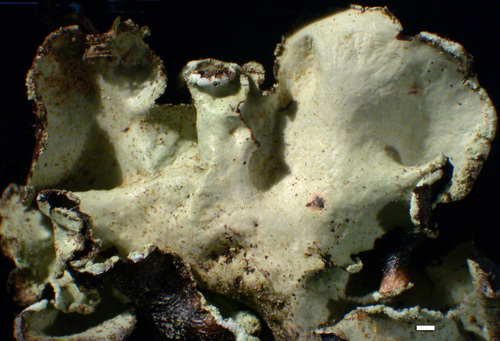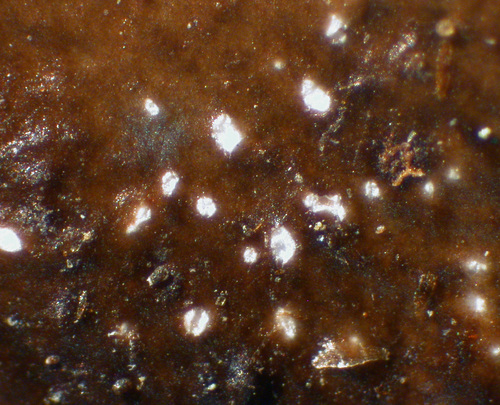Click on Characteristic name for explanation. Click on image for larger version.
|
Cetrelia cetrarioides
| Overview
| | PNW Range: | | | West side | Occasional
| | East side | None
| | Immediate coast | Rare
| | Alpine or subalpine | None
| | Habitat: | Moist riparian and valley bottom forests, especially older Alnus rubra stands over seepy or swampy ground.
| | Substrate: | Bark, mainly on Alnus rubra and other hardwoods, rarely on mossy rock.
| | Comments: |
| | Synonymy: | none
|
|

Upper surface
by B. McCune
3/7

Pseudocyphellae
by B. McCune
4/7
Scale: Bar=1mm unless noted
|
|
|
|
|